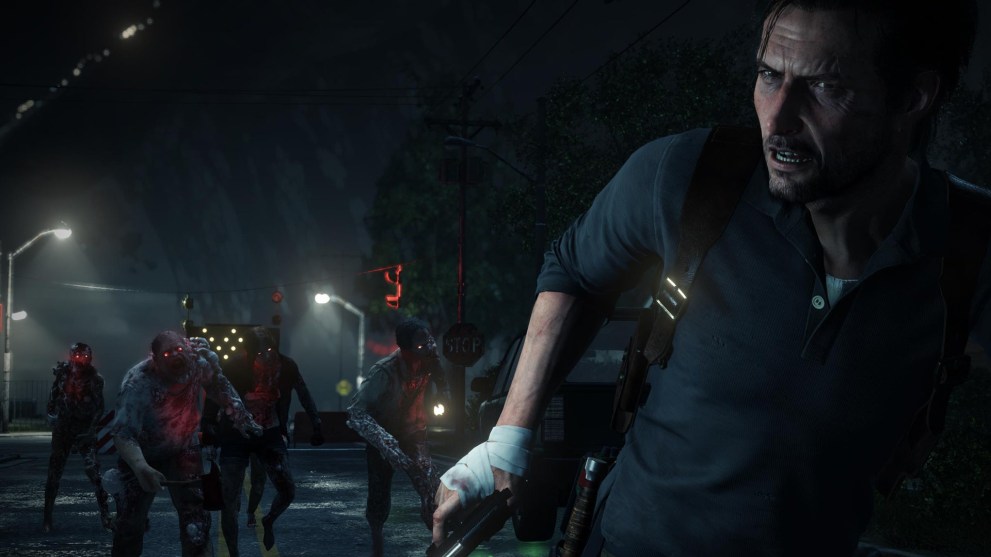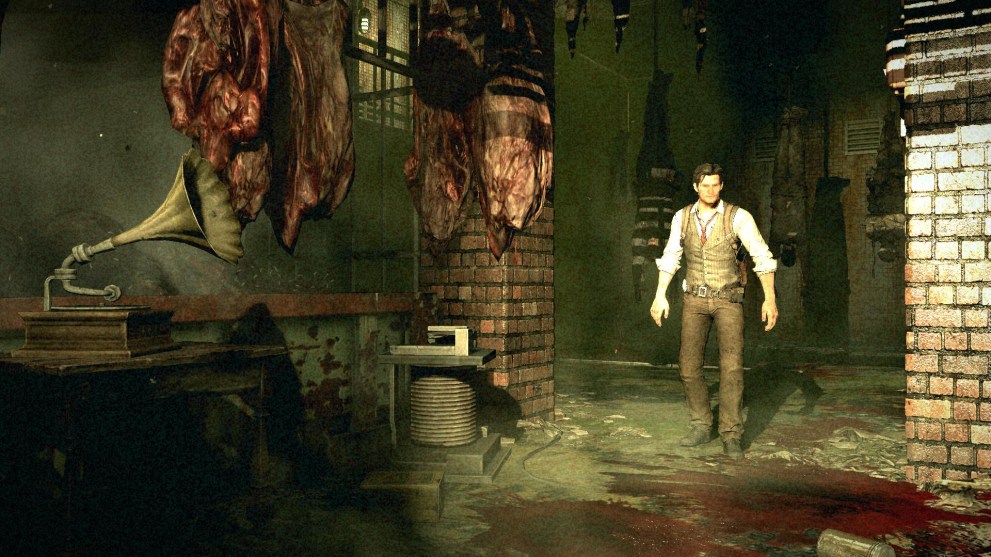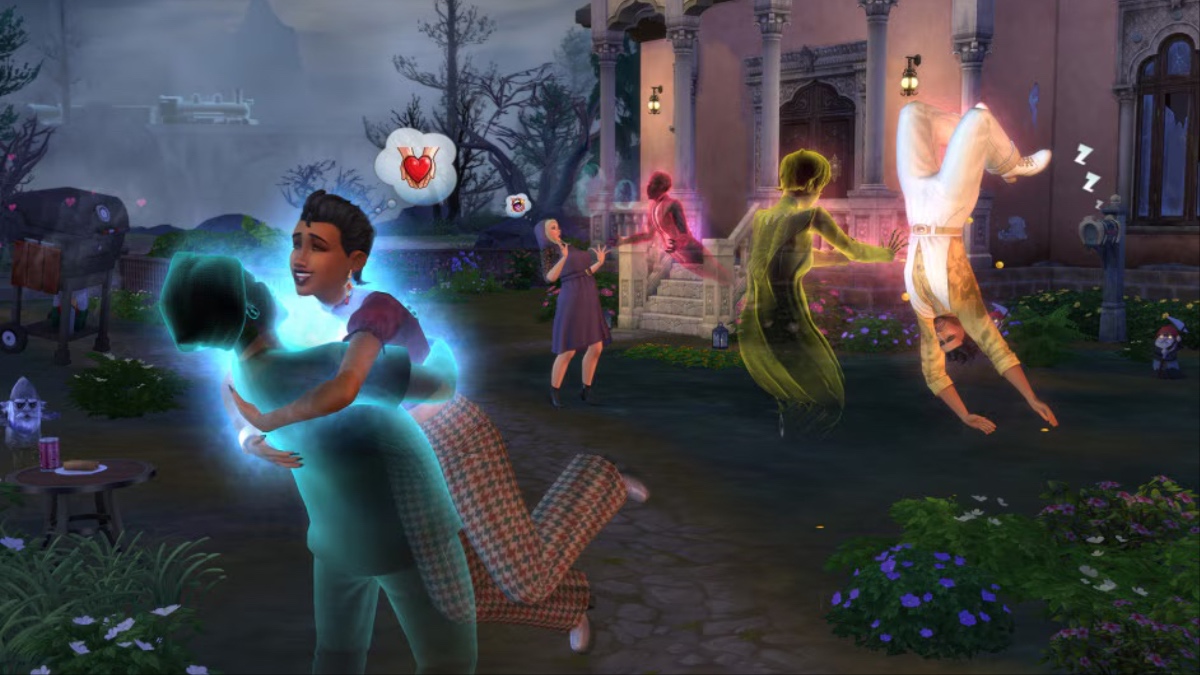Earlier this month, Microsoft announced the closure of four of its studios: Arkane Austin, Alpha Dog Games, Roundhouse Games, and Tango Gameworks. All would be shutting down, and all their future projects put on ice.
The latter, founded by survival horror mastermind Shinji Mikami, had most recently released the action rhythm game Hi-Fi Rush, and before that, The Evil Within and its sequel, The Evil Within 2. There had been rumors of a third game in the series, but now that it seems those plans won’t ever come to fruition.
And that’s a shame because The Evil Within was a massively slept-on series. A third game could’ve finally made it to that perfect horror peak that the previous two had been so close to reaching. Here’s why The Evil Within deserved a third game.
Underrated or a Resident Evil Rip-Off?
I’d be lying if I said The Evil Within set the gaming world alight at release. The first game didn’t exactly break new ground when it was released back in 2014. On the surface, it was just a generic rendition of the Resident Evil 4 survival horror formula: taut, over-the-shoulder shooting, a focus on ammo conservation, and hordes of zombified baddies constantly trying to detach your hand with rusty farming equipment. Even Sebastian Castellanos, the trenchcoat-wearing, chain-smoking protagonist, is a walking cliché who always seems to have the same bored, monotone reaction to whatever grotesque monstrosity is intent on eating his innards. Yet, unlike Resident Evil 4’s Leon S. Kennedy, Sebastian lacks a sense of cheesy, B-movie irony.
Where the game came into its own was with its setting: the nightmarish subconscious of a serial killer. Think Inception if it was a horror movie, or Tarsem Singh’s The Cell but good. Using a dreamlike setting, The Evil Within was able to break the rules of level design. Nothing makes sense, and the world around Sebastian is constantly morphing and changing. One moment he’s in an abandoned insane asylum, the next, a haunted 19th-century mansion. A lot of the aesthetic was obviously influenced by Silent Hill’s rusty Otherworld, and while it never reaches the thematic heights of that series, it’s still a terrifying game to explore.
Things improved a lot when The Evil Within 2 was released in 2017. Sebastian now had more of a defined personality, playing the part of the vengeful father looking for his lost daughter. It wasn’t exactly The Last of Us, but it did a lot to make players engage more with their protagonist. The core gameplay was tightened up, improving stealth and adding a rudimentary crafting system. Instead of delving into the mind of a disturbed killer, you explored a semi-open-world American town whose inhabitants had no idea they were taking part in a dream simulation.
The game was still mostly a linear experience, though there were now side missions to complete and more opportunities for exploration. It wasn’t perfect; the writing still felt flat and most of the characters were paper-thin, but it was the closest that Tango Gameworks came to horror perfection.
What Could’ve Been
It’s almost certain that Tango Gameworks was working on The Evil Within 3 before Microsoft decided to pull the plug. Of course, this has never been confirmed – and we might never know – but there have been some hints that a third entry was somewhere in the pipeline.
The most concrete indication we’ve had was in Tango Gameworks’ last game, Hi-Fi Rush, where an easter-egg teases “sequel to popular survival horror franchise announced.” This is almost certainly a reference to The Evil Within. And on top of that, Sebastian and his partner Joseph Oda cameo as robots in the game – fair, this isn’t a tease for a sequel, but at least we know the developers hadn’t forgotten about the franchise.
In a mysterious post on Facebook earlier in the year, Shinji Mikami cryptically said, “Maybe we’ll be back.” We still don’t if Mikami had plans to return to The Evil Within, but this comment suggests that he was perhaps open to returning to the franchise.
Third Time’s the Charm?

With The Evil Within 2, it felt as if Tango Gameworks was 90% of the way there when it came to the core survival horror experience. Given another shot at it, they probably would’ve come close to perfecting the formula.
Still, a few things would need to be improved. Firstly, the characters and the plot could do with refining. Sebastian is the cool, gruff detective archetype, but except for wanting to rescue his daughter that’s as deep as he gets. The supporting cast is afflicted with a similar curse, mostly just playing the familiar tropes that we’ve all seen before. The most interesting characters were the antagonists such as Ravik and Stefano Valentini.
There are a lot of loose plot threads from The Evil Within 2 that could do with tying up, but I won’t mention them here due to spoilers. Teally, the whole narrative could do with a revamp. There are some genuinely interesting concepts, especially the whole idea of STEM allowing multiple minds and subconsciouses to be connected. And MORBIUS, the shadowy corporation pulling the strings in the background: their motives could be fleshed out and improved upon because at the moment they’re just the usual evil organization hellbent on world domination.
A HORRORible Situation

The sad truth is that it isn’t easy being a horror game – just look at Remedy Entertainment’s Alan Wake 2. It received acclaim from fans and critics alike and proved that games can be big and visually stunning, but also strange and esoteric, bridging the gap between triple-A goliaths and quirky indie titles. And what’s the reward for this? Well, despite being Remedy’s fastest-selling game, Alan Wake 2 has reportedly still not made a profit for the Finnish developer.
The same can be said for EA Motive’s Dead Space remake. The game was a critical darling, again impressing both fans and journalists, yet EA reportedly canceled an unannounced remake of Dead Space 2 – arguably the best game in the series – because of “lacklustre” sales of the remake.
The sad reality is that games are getting much more expensive to make and horror games just aren’t profitable, especially when compared to titans such as EA Sports FC or Call of Duty. Unless you’re Resident Evil, a high-budget horror game like The Evil Within just doesn’t seem to stand a chance in the current climate.
It’s a different story for indie titles. The excellent sci-fi horror of Signalis and the claustrophobic Iron Lung show that lower-budget horror is where it’s at. Games like these prove that a big budget and fancy graphics aren’t needed to make a classic. In the world of indie games, more risks are allowed to be taken, and risk-taking is what horror games need to succeed. However, being risky doesn’t always equal being profitable. When it comes down to it, that’s all that matters to publishers.
While the shelving of The Evil Within series is a setback for fans, it underscores a larger issue within the gaming industry: the precarious balance between creativity and commercial viability. I hope this isn’t a sign of things to come. While cornerstone franchises like Resident Evil and Silent Hill are enjoying revivals and remakes, original survival horror IPs like The Evil Within seem to be struggling to find a place in the market. Ultimately, if no one is buying them, no one is going to fund them.
If you’re in the mood for more horror, check our list of 10 horror games releasing in 2024.





Published: May 28, 2024 07:30 am